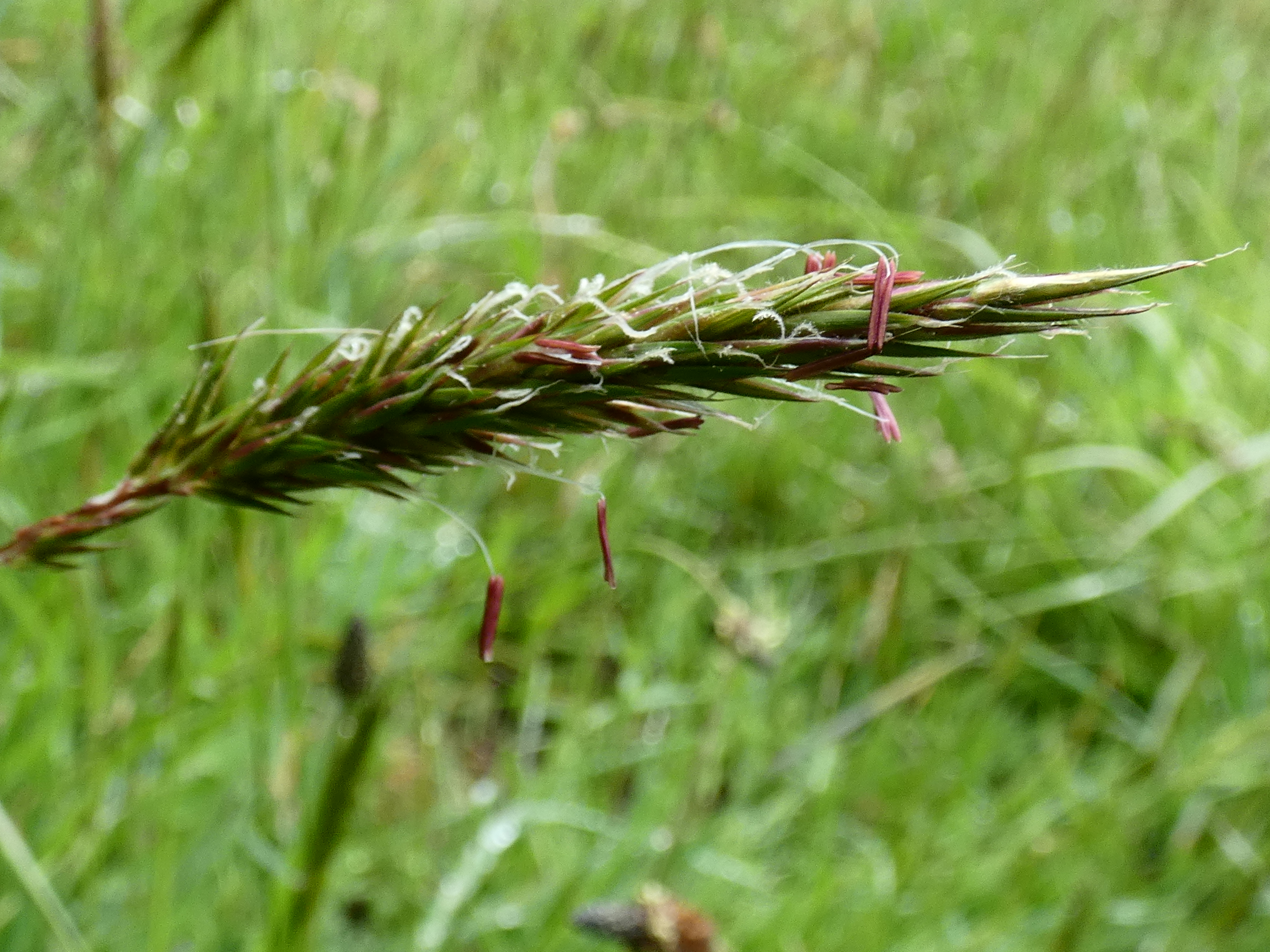14.1: Pollination Syndromes
- Page ID
- 35353
Flowers have coevolved with their pollinators. The shape, color, smell, and many other features of a floral phenotype are adapted to their method of pollen dispersal. This set of characteristics is called a pollination syndrome and allows scientists to make inferences about the pollinator of a particular flower. Some of these are more obvious, while others, more cryptic. For example, humans do not see ultraviolet (UV) light, but many insects can (like bees). Flowers might be communicating with UV light in a way that might not be apparent to humans until you shine a UV light on them. In the Malva assurgentiflora flower (Figure \(\PageIndex{1}\)), the pollen has UV fluorescence.


Pollination Syndromes and Vectors
Though flower phenotypes can also correlate to other environmental factors (e.g. Peach et al. 2020), we can connect pollination syndromes to pollen vectors, both biotic and abiotic (see Table \(\PageIndex{1}\)).
| Pollination Syndrome |
Color |
Structure |
Scent |
Nectar or Pollen |
|---|---|---|---|---|
|
Wind |
Dull, perianth often absent or reduced |
Large feathery stigmas, large anthers |
None |
No nectar, large amounts of pollen |
|
Birds |
Reds and pinks |
Often tubular or cupped |
None |
Lots of hidden nectar, moderate pollen |
|
Bees |
Purples, blues, yellows, white, UV |
Flat and shallow or tubular, with landing area |
Sweet, fresh, mild |
Pollen often sticky and scented, nectar usually present |
|
Bats |
White, dull green, or purple |
Often bowl-shaped or pendant, anthers protruding |
Musty or fruity, strong, emitted at night |
Lots of hidden nectar |
|
Moths |
White, pale pink or purple |
Often tubular or cupped, no landing pad |
Strong and sweet, emitted at night |
Lots of hidden nectar, limited pollen |
|
Butterflies |
Bright colors |
Tubular, with wide landing pad |
Faint, fresh |
Lots of hidden nectar, limited pollen |
|
Flies |
Dark red, purple, brown |
Shallow, funnel, or trap-like |
Putrid, rotting |
No nectar, moderate pollen |

Examples of Pollination Syndrome Characteristics
Bees, Bee-Like Flies, and Butterflies
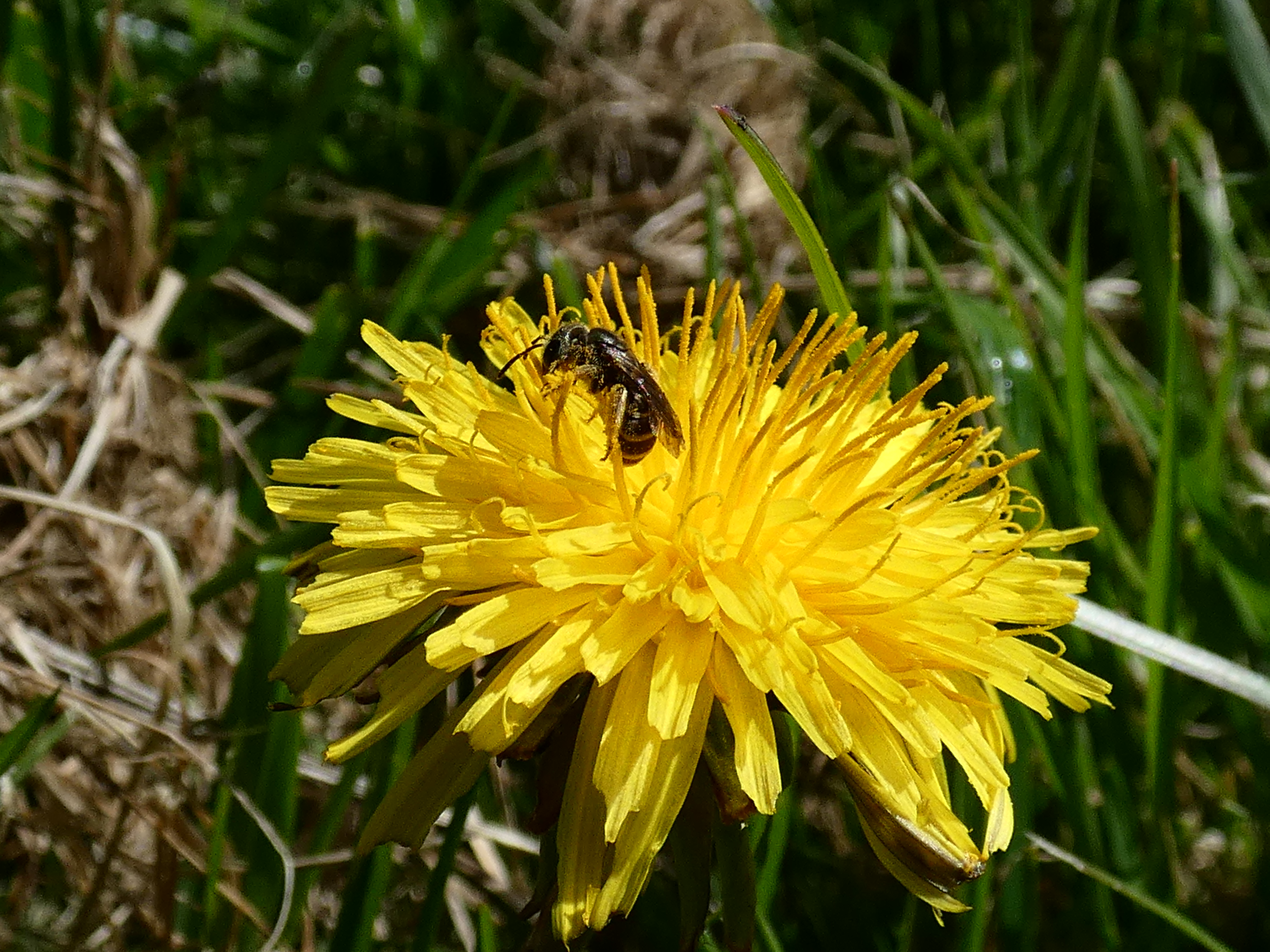

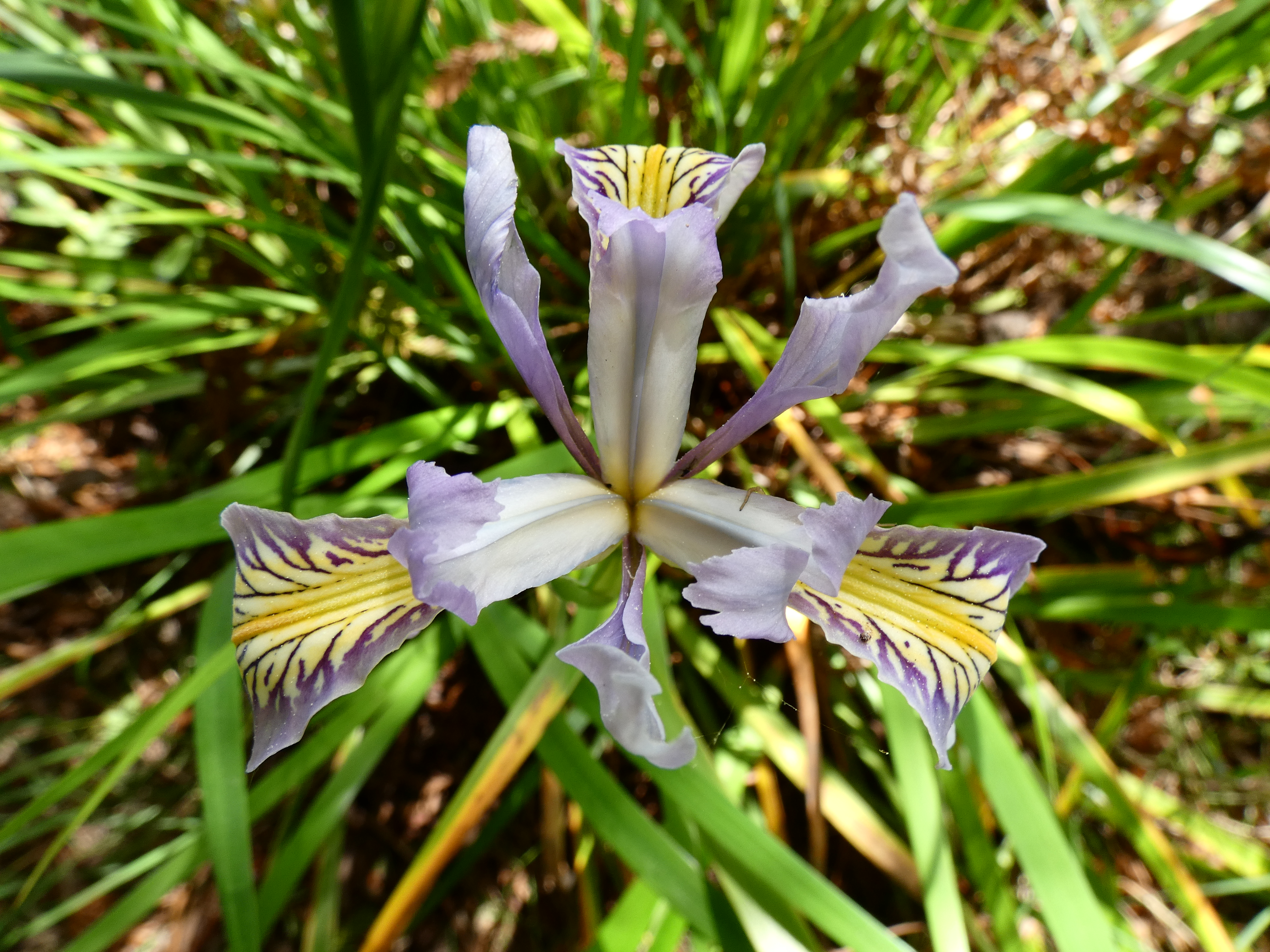
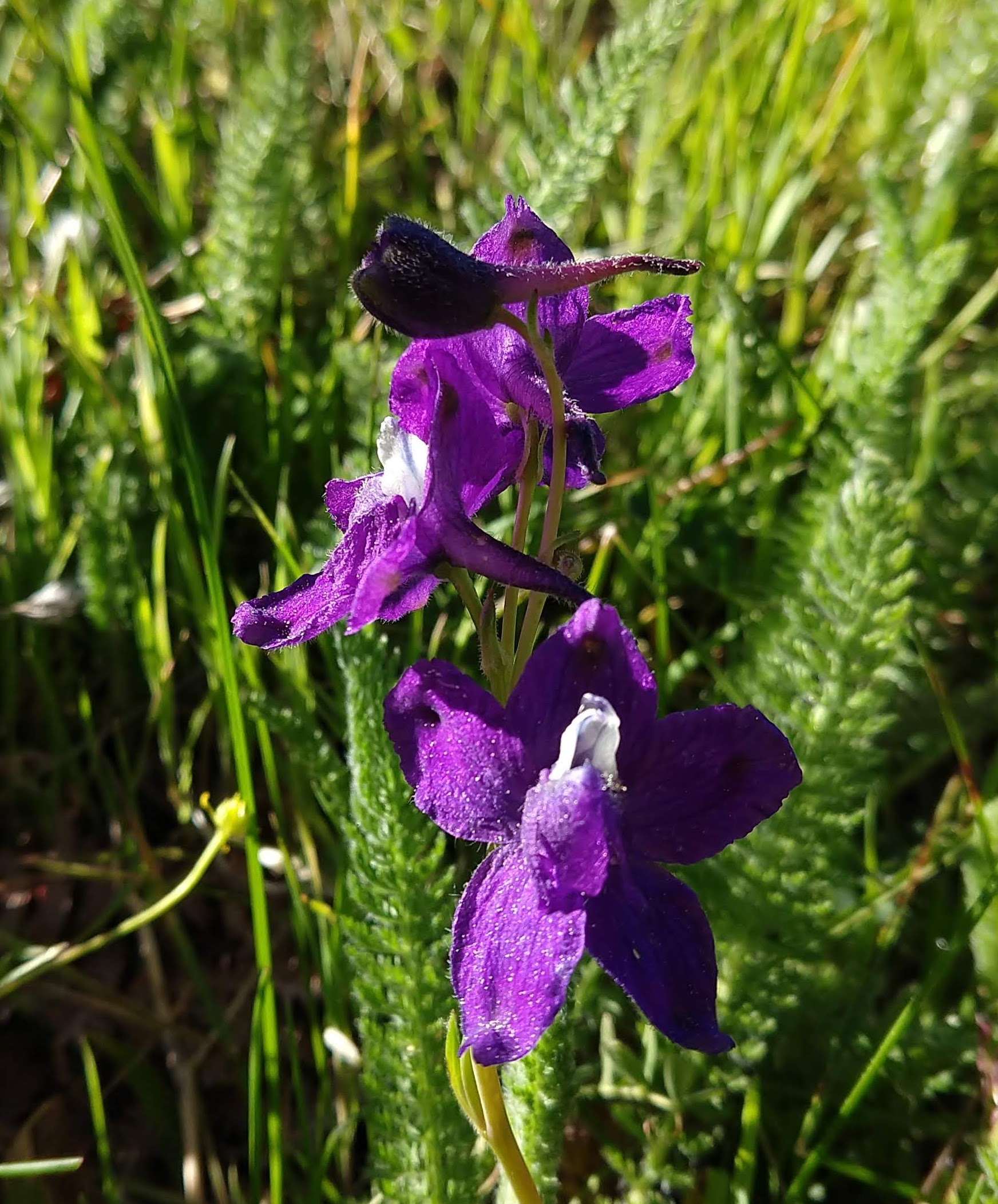
Birds
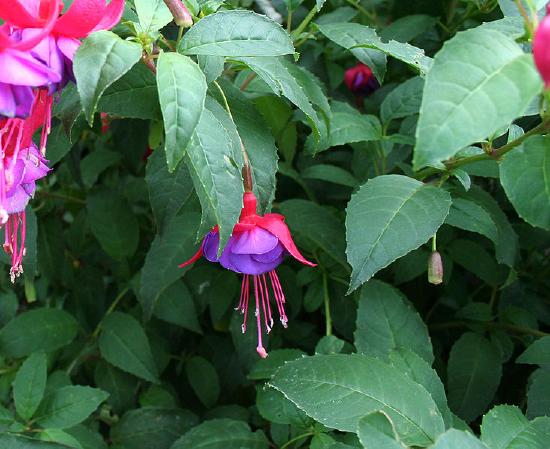


Flies and Beetles

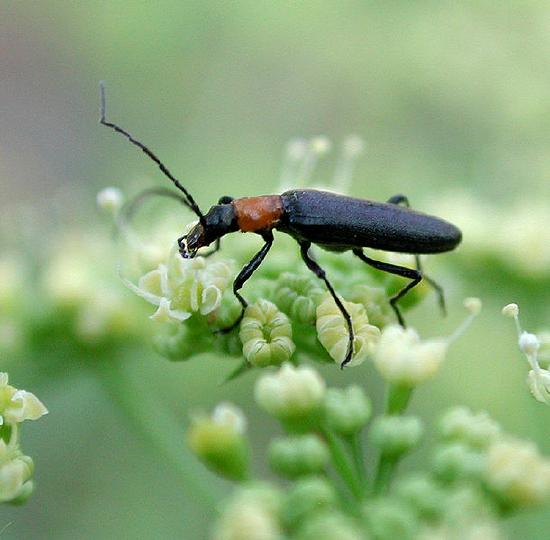
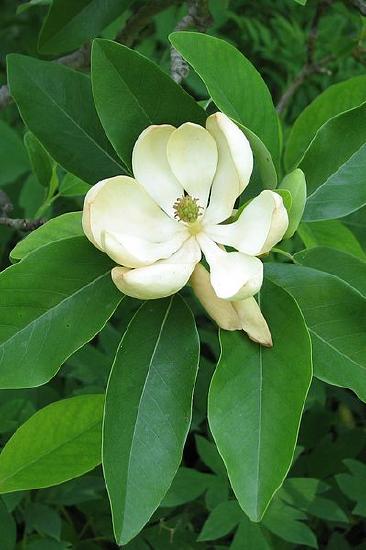
Wind
